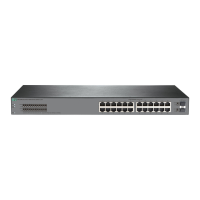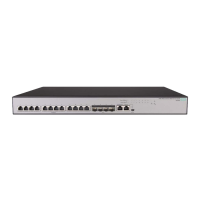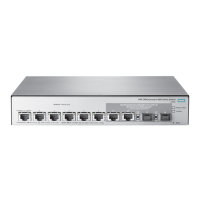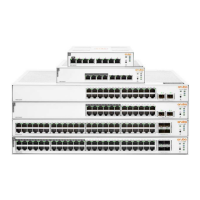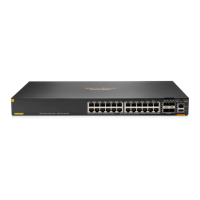SNMP 71
Table 30. SNMP v3Trap Receivers Fields
Click Apply to update the switch configuration. Your changes take effect immediately but are not
retained across a switch reset unless you click Save Configuration.
Adding an SNMP v3 Trap Receiver
To add a SNMP v3 trap receiver, click Add. The Add SNMP v3 Host screen appears.
Figure 44. Add SNMP v3 Host Page
Field Description
Host IP Address The IP address of the SNMP management host that will receive traps generated by the
device.
User Name The name of the SNMP user that is authorized to receive the SNMP notification.
Notify Type The type of SNMP notification to send the SNMP management host:
Inform – An SNMP message that notifies the host when a certain event has occurred on
the device. The message is acknowledged by the SNMP management host. This type of
notification is not available for SNMPv1.
Trap – An SNMP message that notifies the host when a certain event has occurred on
the device. The message is not acknowledged by the SNMP management host.
Security Level The security level associated with the SNMP user, which is one of the following:
No Auth No Priv – No authentication and no data encryption (no security).
Auth No Priv – Authentication, but no data encryption. With this security level, users
send SNMP messages that use an MD5 key/password for authentication, but not a DES
key/password for encryption.
Auth Priv – Authentication and data encryption. With this security level, users send an
MD5 key/password for authentication and a DES key/password for encryption.
Timeout Value The number of seconds to wait for an acknowledgment from the SNMP management host
before resending an inform message.
Retries The number of times to resend an inform message that is not acknowledged by the SNMP
management host.
Filter The name of the filter for the SNMP management host. The filter defines which MIB objects
to include or exclude from the view. This field is optional.
UDP Port The UDP port on the SNMP management host that will receive the SNMP notifications. If no
value is specified when configuring a receiver, the default UDP port value is used.
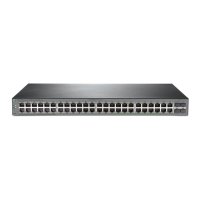
